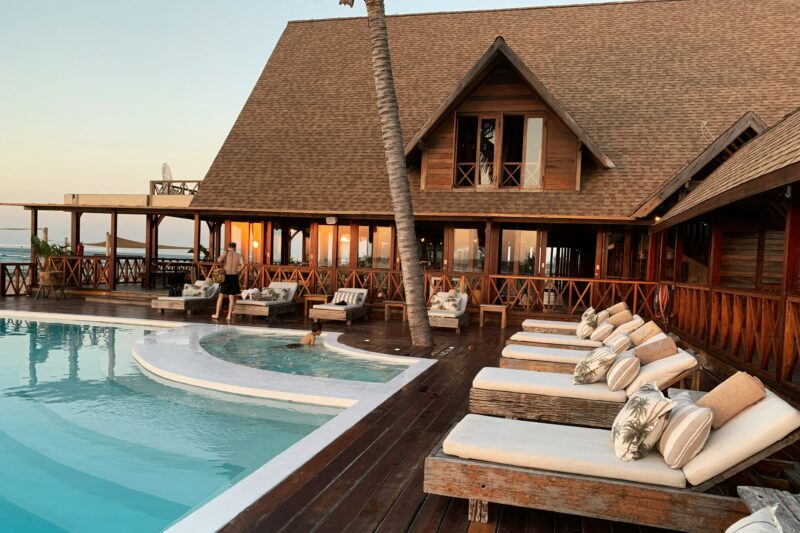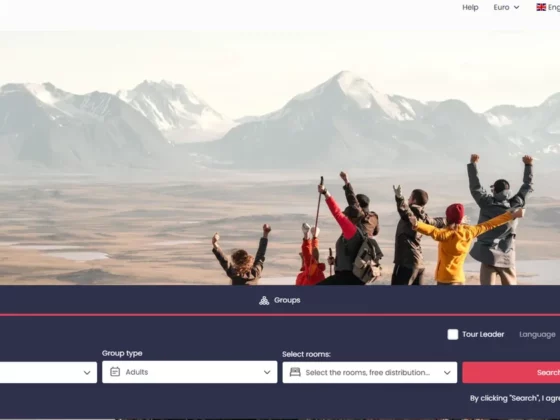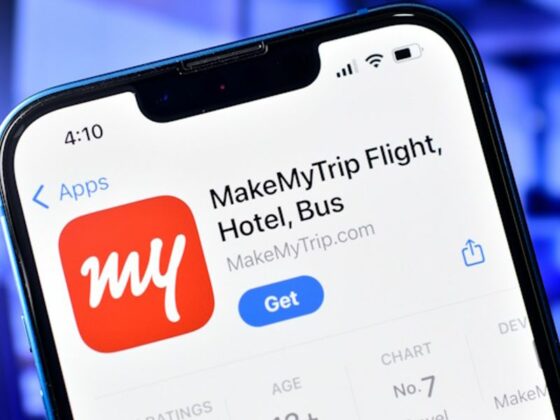As hotels transitioned from small, independent properties to large hotel chains with global presence, new tools had to be created to manage them. The same happened across the travel space with businesses like the airlines. Quite simple and straight-forward in the beginning, the landscape we have today is entirely transformed, and it keeps evolving as the complexities and business needs change and new technologies make more solutions possible. The curve is ever-growing and, if historical data is any indication, the pace of technological developments will only increase in speed.
Today, with the move towards cloud-based programs, APIs have taken center stage and it’s now easier to customize a system specifically to a hotel’s needs. Mobile is key, and a new, modular way of building the right tech ecosystem has seen the evolution of legacy PMS into what we now call HOS, or Hotel Operating System, which carries the hope of allowing hyperconnectivity of data. Customization and personalization, two buzzwords in customer service, have now reached the internal processes of hotels. According to this article by Martin Harlow, we’re living the evolutionary revolution of the PMS, and the infographic below summarizes the path this evolution has taken.
1920 to 1960 – Paper Era/The Whitney System
While running a hospitality business was done entirely on paper in the past, mainframe computers that emerged in the 1950s started to change the game.
In 1953, the first computerized airline reservation system emerged and GDS connectivity became a possibility.
Up until then, guest reservations, registration, and accounting functions were done through extensive labor hours using card racks, large books, manual calculations, and paper dockets for the bills.
1960 to mid-2000s – PMS Era
Systems became gradually more automated and eventually went digital, but the evolution started to really accelerate in the 80s with the widespread accessibility to personal and desktop computers, which made them viable options for more companies. While still somewhat simple, these machines allowed for data processing via spreadsheets – making reports and statistics possible, as well as accounting systems – changing the face of back office operations.
Similarly, it became possible to build customer databases and keep track of guest history, and simple systems for obtaining and processing reservations started to gain force. Companies such as Micros, Roomkey, Hotel Information Systems, and Fidelio debuted during that time.
RELATED:
In the 90s, the popularization of the World Wide Web and the Windows Operating System facilitated an explosion in functionalities and softwares available. Integrations such as Pay TV, minibar, electronic keycards, and POS terminals, could be managed from a central system, along with Sales & Catering functions, groups allotment and management, and PBX integrations. Influential solutions at the time included Guestline, Protel, Lanmark, InnRoad, and more.
In the early 2000s, again mirroring the airline industry, yield and revenue management systems joined the integrations. As control of the inventory had become possible, now so were the rates and the revenue potential for hotels. Some examples to be cited are Portfolio, Eviivo, and Cenium.
Mid-2000s to present – Post-PMS Era
From the mid to late 2000s, there was a shift in how PMS products were available. Up to this point, these were all physical softwares that required on-premise storage capabilities. Online booking engines brought increased reach for distribution, in turn making reputation management necessary. Other integrations such as internet connection wi-fi gained popularity and also became demands from the customers.
From around 2010, an increasing number of cloud based services made their debut and changed how hoteliers deal with PMS systems. Hetras, Frontdesk Anywhere, BaseBooking, Cloudbeds, and an ever-growing number of solutions is added to this list at dizzying speeds. Channel management and CRMs gained popularity, and, on property, daily tasks became easier with room controls, housekeeping systems, and upselling tools integrations. Guests benefited from kiosk check-in & check-out, which was quickly followed by the mobile version of these processes and digital concierge integrations – made possible by smartphone devices that gained traction back in 2007.
Hotel PMS Infographic
The following infographic gives an excellent overview of how the hotel PMS evolved over the years correlated with how technology evolved over the same time. One can see the big shifts in the hotel PMS as technology improves.









